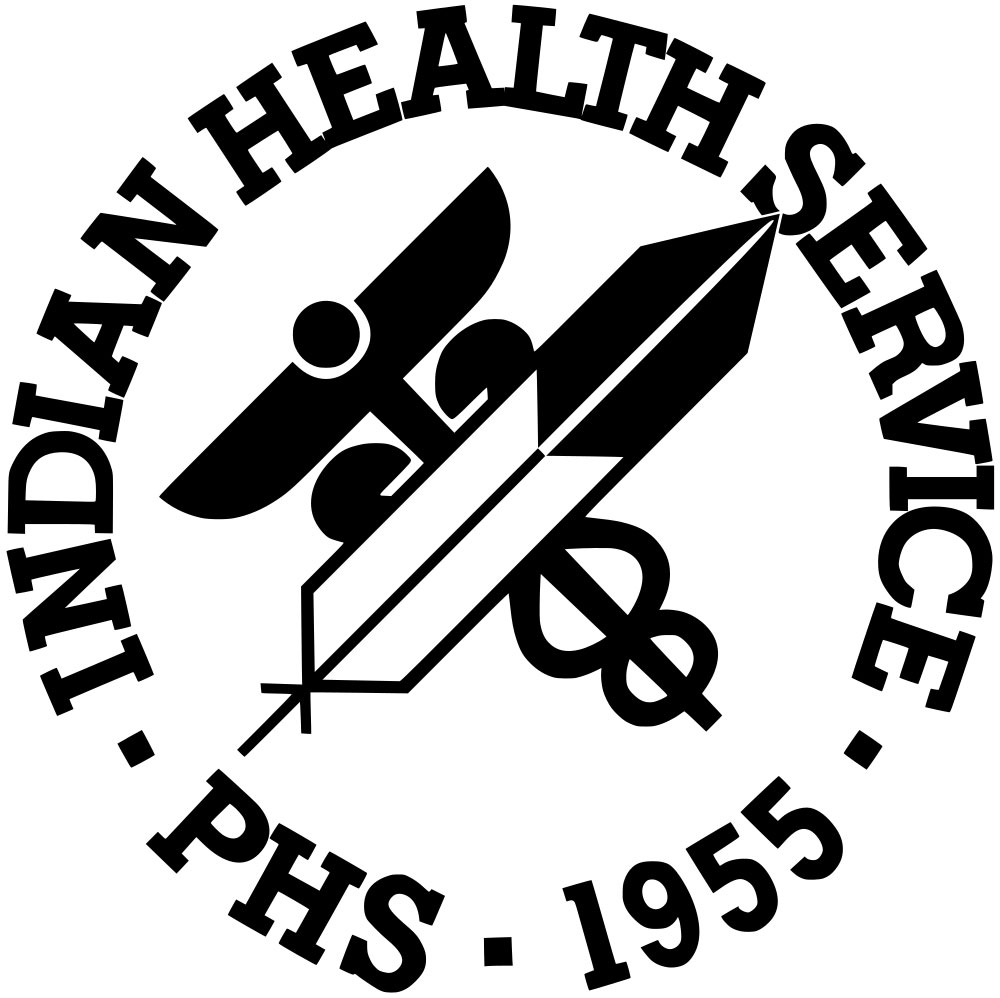
March 25, 2020; Vox and the Washington Post
Broken Promises is the apt title of a 2018 report by the US Commission on Civil Rights evaluating the federal government’s performance to satisfy its promise to adequately support the well-being of Native Americans. This “promise,” which, as the study documents, the US has failed to fulfill, is not an abstract concept, but a formal “trust” relationship codified through 375 treaties in exchange for removing one-fifth of Native people from their original lands and seizing much of what land remained.
How will our government support American Indians in this COVID-19 crisis? Its track record is dismal, one characterized by chronic underfunding, disrespect of Native sovereignty, and contempt for tribal traditions:
Health disparities. With many of the risk factors that put them at higher risk for severe illness from COVID-19, American Indians (AI) and Alaska Natives (AN) are twice as likely as whites to have diabetes. They die from diabetes at a rate 189 percent higher than that for other Americans. And with a life expectancy that is 5.5 years less than that for the overall US population, they suffer disproportionately from asthma, heart disease, and other chronic conditions.
Native Americans have a long and difficult history with infectious disease. The 1918 flu struck indigenous people four times harder than the overall population. In the 2009 H1N1 flu outbreak, Native Americans died at four times the rate of all other racial and ethnic groups combined.
Failing health facilities. Serving 2.2 million of the nation’s 3.7 million AI/AN people, the Indian Health Service (IHS) is the principal federal health care provider for both rural and urban American Indians, but since its 1955 inception, it has been widely derided for its chronic underfunding, poor medical care, high staff turnover, and undertrained personnel. In 2017, the IHS spent $3,332 per patient while Medicare spent $12.829, Medicaid spent $7,789, and federal prisons spent $8.602 on inmate health.
Before COVID-19, the IHS was meeting only about half of tribal health needs. Today, its 24 hospitals have 71 or fewer ventilators and just 33 intensive care unit (ICU) beds. For the 50,000 members of the Oglala Sioux Tribe on South Dakota’s Pine Ridge reservation, there are 24 coronavirus test kits, six ventilators and four beds isolated for quarantine at the IHS hospital there.
Housing and water challenges. Forty percent of on-reservation housing is considered substandard (compared to six percent outside of Indian Country) and nearly one-third of homes on tribal lands are overcrowded. Many tribal homes are intergenerational, making transmission to elderly and at-risk people easy and physical distancing difficult. As for ready hand-washing, less than half of the homes are connected to public sewer systems, and 16 percent lack indoor plumbing. For the Navajo, the country’s second-largest American Indian nation with 332,000 residents, more than 30 percent rely on unregulated wells and springs, many of which are contaminated by 523 abandoned uranium mines.
Economic shutdown. Tribal nations have a very limited tax base. They cannot impose property tax on trust lands and don’t levy income taxes on tribal members. Consequently, sales and excise taxes are critical, and many rely on gaming, hotels, and conferences to generate income to fund education, health, public safety, and other community programs. As the 460 casinos with nearly 700,000 employees shutter across the nation, many American Indian nations will be unable to provide critical services and risk default on loans. The Cherokee are losing $40 million each month now that their 10 casinos and hotels are closed.
In sum, American Indian governments face immense obstacles in responding to COVID-19 for a population that is deeply at risk, with many of their citizens suffering from high poverty, poor nutrition, underfunded healthcare programs, and multi-generational overcrowded housing.
Sign up for our free newsletters
Subscribe to NPQ's newsletters to have our top stories delivered directly to your inbox.
By signing up, you agree to our privacy policy and terms of use, and to receive messages from NPQ and our partners.
That said, a number of American Indian nations are taking extraordinary measures to protect their members, as Dana Hedgpeth, Darryl Fears and Gregory Scruggs in the Washington Post detail:
The Chippewa Cree in northern Montana erected checkpoints at the borders to block anyone who didn’t belong. The Crow and Northern Cheyenne in that state ordered curfews.
The Oglala Sioux’s president plans to enlist retired veterans to help run checkpoints at the dozen entrances to its 3.6 million-acre reservation in South Dakota.
[…]
No tribe has been more proactive than the Lummi. As early as January 22, when there were only a handful of confirmed cases in the United States, clinic physicians on the reservation started ordering medical supplies, including test kits.
Is Help on the Way?
Last week, many tribal leaders celebrated the March 26 passage of the $8 billion Tribal Stabilization Fund, part of the federal CARES Act, along with another $2 billion in set-asides for health, food, public safety, education, and housing programs. But history has brutally taught them not to trust Washington’s promises. Indeed, the first COVID-19 relief bill passed on March 6, 2020, which directed $40 million to Indian Country to pay for infection control and preparedness, was widely criticized by tribal leaders because it sent the money through the Centers for Disease Control and Prevention (CDC), which lacks relationships with Indian Country. Weeks later, no funds were reported to have been received by tribal clinics.
In response, a bipartisan letter signed by 16 US senators and 12 representatives to President Trump on April 1st urges federal agencies to “respect the inherent sovereignty of Indian Tribes and show deference to Tribal views…by engaging in meaningful, robust, and given the nature of this pandemic crisis—rapid government-to-government consultation.”
The fight for resources that truly make their way to Indian Country continues. “Just as we had a strategic approach to get stuff in the bill, and in future bills by the way, we’re going to have a very focused and comprehensive strategic approach that now focuses on the [Trump] administration, to make sure they do what they’ve been asked to do,” says Kevin Allis, CEO of the National Congress of American Indians.
And, insists Navajo Nation President Jonathan Nez, “We shouldn’t be the last to get equipment…we are the first citizens of this country, our nation. And we just got to remind our federal partners out there that we are still here and we’re resilient and we’ll overcome this.”—Debby Warren
Correction: This article has been altered from its initial form to correct the affiliation of Navajo Nation president Jonathan Nez.











